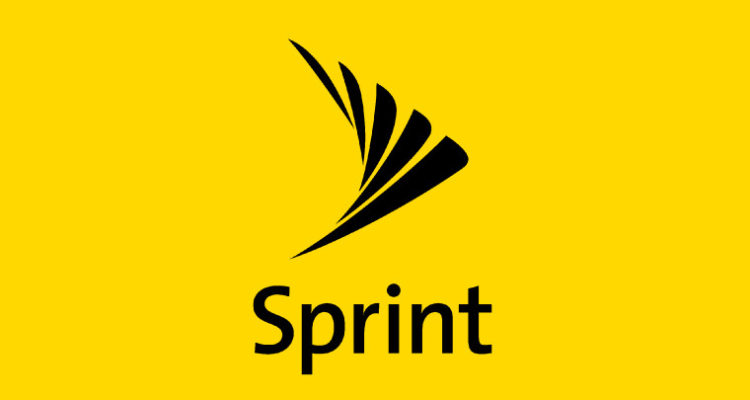Sprint Corporation – An American Telecommunication Company With its Root Back in the 19th Century.
Sprint Corporation, in the past 122 years, has taken up various names and went through multiple mergers and acquisitions. Originally founded by Cleyson Brown and Jacob Brown, Sprint Corporation is currently a part of T-Mobile US as a result of the merger that took place in April 2020. The history of Sprint Corporation is related to two other companies, namely, Brown Telephone Company and Southern Pacific Railroad from where it originated. The main services of the company are mobile telephony, wireless communication, internet services, and broadband. The headquarters of the company is based in Kansas, US. After the merger of Sprint with T-Mobile US last year, Sprint has become a subsidiary of T-Mobile and the brand name has also been phased out.
The Parent Companies
In 1899, the Brown Telephone Company was established by Clayson Brown. The company was established to avail of telephone services for the first time in rural Kansas. In 1900, the Brown Telephone Company rolled out its first long-distance circuit and grew popular in no time. It gave a strong competition to Bell Telephone Company which was the most famous operator in those days. In 1911, Brown merged the company with other independent entities to form the United Telephone Company. The name of the company changed to United Utilities followed by United Communications in 1972.
The second parent company, Southern Pacific Railroad, was founded in the 1860s as a subsidiary of Southern Pacific Company (SPC). SPC formed a new division in the 1970s to leverage the power of existing communication technology for long-distance calling. This division was named Southern Pacific Communication Company. With the expanding business of SPC, it gave strong competition to AT&T and a strong rivalry existed between them. In the mid-1970s, SPC decided to change its name to SPRINT which is the acronym for Southern Pacific Railroad Internal Networking Telephony.

Sprint Corporation in the 20th Century
In 1983, a company called GTE Group acquired SPRINT and the long-distance telephony of SPC. After three years, a merger took place between the GTE Group and United Telecommunications Inc. property, US Telecom which named the new company as US Sprint Communications. After a few years, United Telecom gained full control of the US Sprint and officially renamed the company Sprint Corporation. The next decade was followed by Sprint entering the Canadian market and forming an alliance with Call-Net Enterprises. In 1995, it established a new partnership with American Personal Communications for creating digital wireless networks. Sprint struck deals with another company called RadioShack for communication services and products across the US market.
Present Days
In 2004, a massive merger took place between the Sprint Corporation and Nextel Communications. The new company was known as Sprint Nextel Corporation. When this merger took place, both the companies were two of the leading telecommunication companies in the US. In the next few years, Sprint Nextel acquired a series of companies including US Unwired, IWO Holdings, Gulf Coast Wireless, Alamosa Holdings, Enterprise Communications, and many more. This continuous series of acquisitions of both affiliates and non-affiliates took place till 2009.
After the merger, the company had two headquarters, one in Virgian and the other one in Kansas. Dan Hesse, CEO of Sprint realized that it sent the wrong message to the public and hence made a single headquarters of the company in Kansas. In 2012, a renowned Japanese telecommunications company, SoftBank showed interest in buying a 70 percent stake at Sprint Nextel for $20.1 billion. The acquisition was completed after a year when the US Federal Communications Commission approved it. Last year, the company was acquired by T-Mobile US and the brand name of Sprint ceased to exist.
Founders of Sprint Corporation
Cleyson Brown is the main founder of the Brown Telephone Company which eventually became Sprint Corporation and is now a part of T-Mobile US. Jacob Brown, brother of Cleyson Brown helped him to found the Brown Telephone Company. Cleyson Brown is mainly famous for founding the Brown Telephone Company but he was also a famous innovator and a philanthropist. Before founding the telephone company, he established Abilene Electric Light Works for generating electricity.

Annasha Dey is an NIT student, who apart from studying engineering is also a content writer. She has a great interest in photography, writing, reading novels, and travelling as well. She is a foodie who loves socializing and hanging out with her friends. She is also a trained Kathak dancer and a big fashion enthusiast. Dey also loves watching TV series, which includes F.R.I.E.N.D.S. and Big Bang Theory. To be a better writer she prefers to read more



